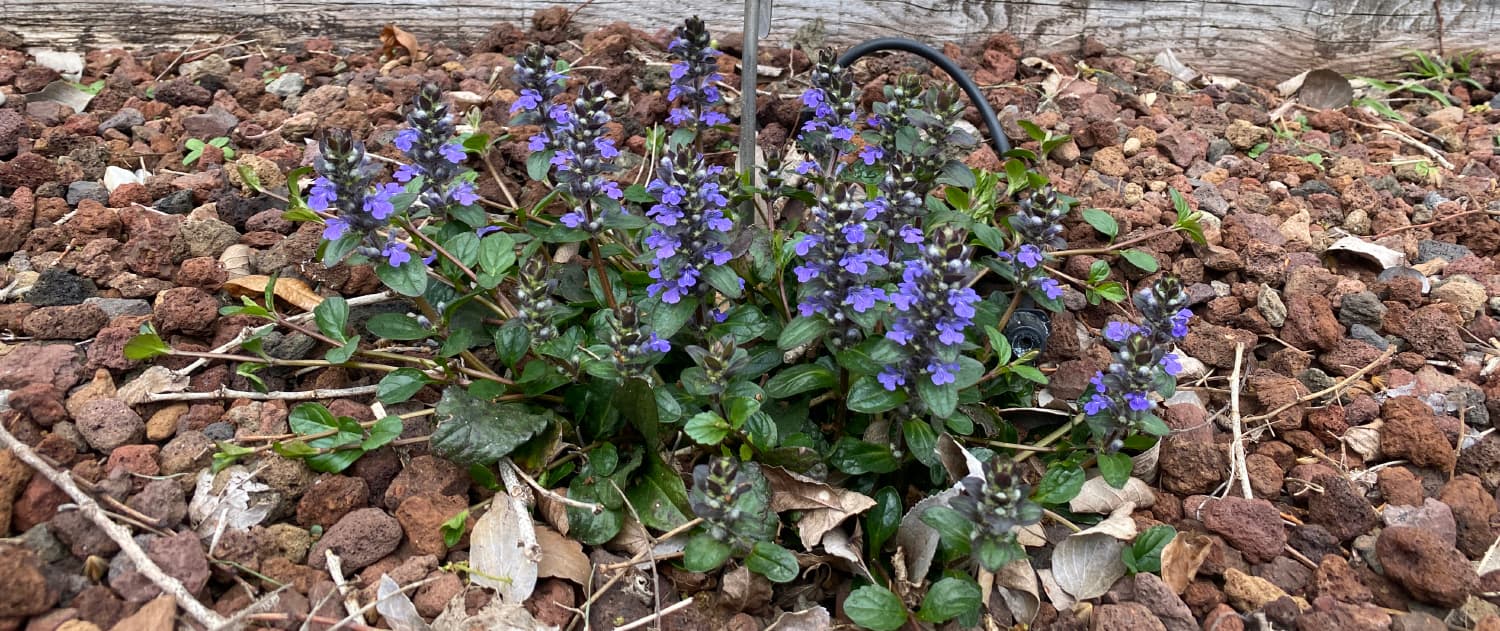Botanical Garden of Florence
Wild edible plants
All collections
Introduction | Acquatic | Citrus fruits | Trees | Wild edible plants | Araceae family | Wild shrubs | Begonias | Bromeliads | Carnivorous | Cycads | Grasses | Medicinals | Tropical orchids | Palms | Pteridophytes | Roses | Serpentinophytes | Succulent plants | Exhibits
The Botanical Garden is home to a rich collection of wild edible plants, especially those native of Tuscany and Central Italy. This collection includes about 150 species, including annuals and perennials, divided into five rectangular flowerbeds and arranged in a systematic order, from the most primitive to the most evolved. Each specimen has been collected in the wild in different natural environments. Every species has a special label that shows brief information about its use. There are also notes when a plant can be confused with a poisonous one or when it is better to consume only small doses of it.
The term alimurgy was first used in 1763 by Giovanni Targioni Tozzetti, former director of the Botanical Garden of Florence, to refer to wild, edible plant species.
Wild plants enrich the diet with tastes and flavours, stimulate the secretion of gastric juices, and provide vitamins, mineral salts and fibre. They also lend themselves to numerous uses, since they can be eaten raw in salads, cooked in soups or as vegetables, while others serve as spices and some use their flowers to garnish dishes. These species are associated with a great heritage of traditional knowledge, often passed down orally, which is going to disappear together with the people who can recognize and use them.
This collection therefore aims to promote the knowledge and conscious use of wild edible species, and with them the heritage of ethnobotanical knowledge. To do this, an annual training course to detect and use wild edible species is carried out by the staff of the Botanical Garden. In fact, it is important to collect only well-known plants, without making destructive harvests or picking rare plants. It is also important to avoid harvesting near landfills or roads, in areas treated with pesticides or herbicides and, for aquatic plants, avoid harvesting in waters near urban settlements or otherwise polluted.

